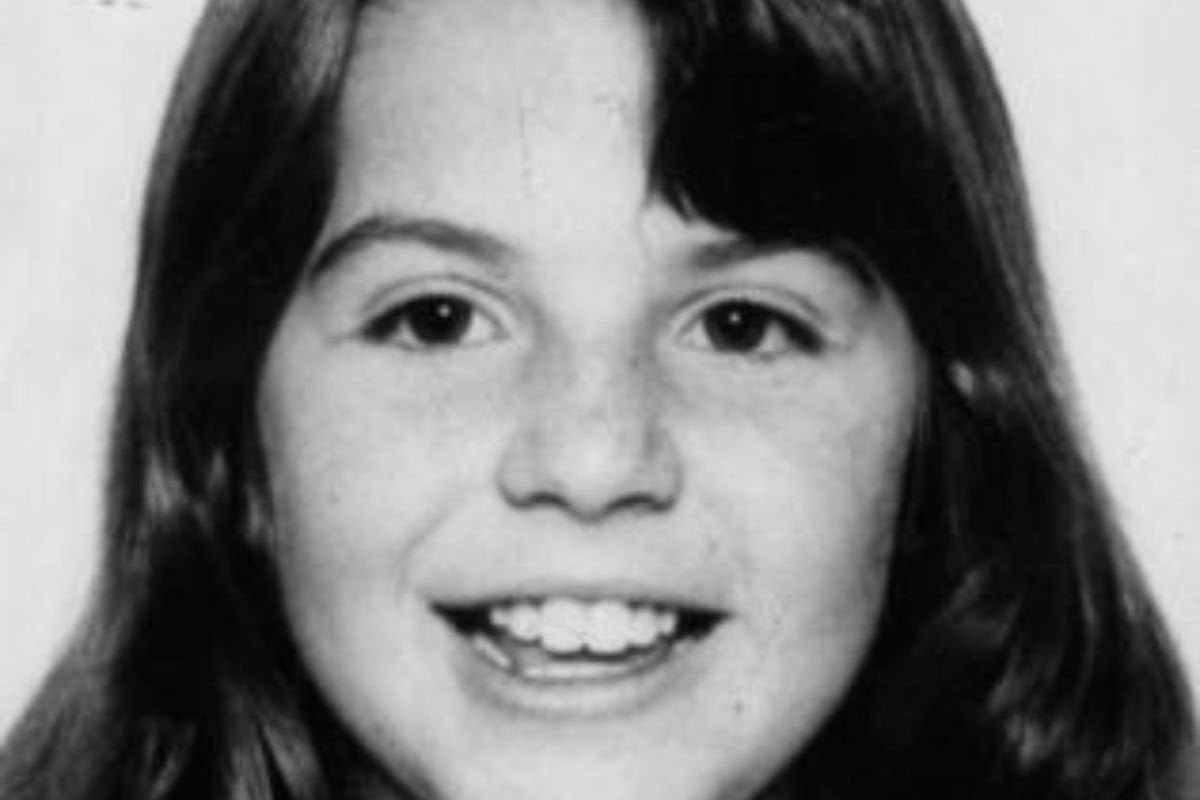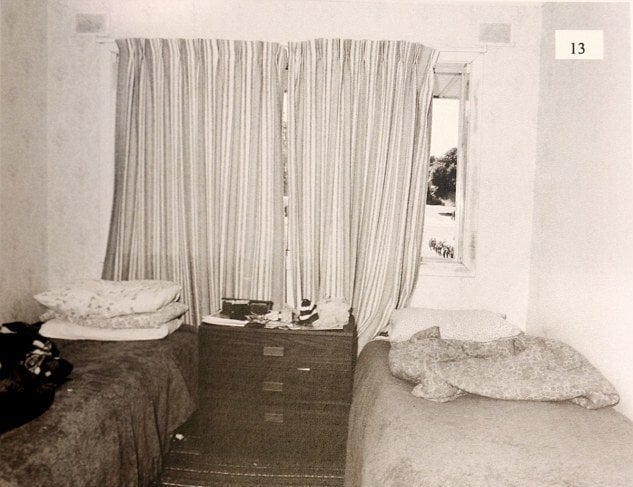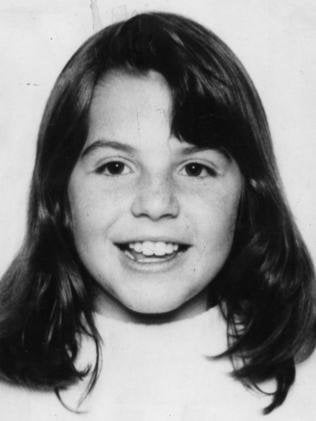
This story depicts violence against children.
It was about 8.30pm when Louise Bell and her little sister Rachel said goodnight to their parents and climbed into their beds in the small front room of the family's Adelaide home.
It was a hot January night in 1983, so the window was cracked open just a little to let some fresh air in.
At 6am the next morning, their mum popped her head in to check on her girls. Rachel was still sleeping, but 10-year-old Louise's bed was empty.
After checking the house, Diane roused her husband and together they spotted something sinister in the sister's room that made them immediately call police. The flyscreen in the window above Louise's bed had been cut from the corner creating a hole. It was flapping in the breeze.
 Louise and Rachel Bell's bedroom. Image: SA Police.
Louise and Rachel Bell's bedroom. Image: SA Police.

